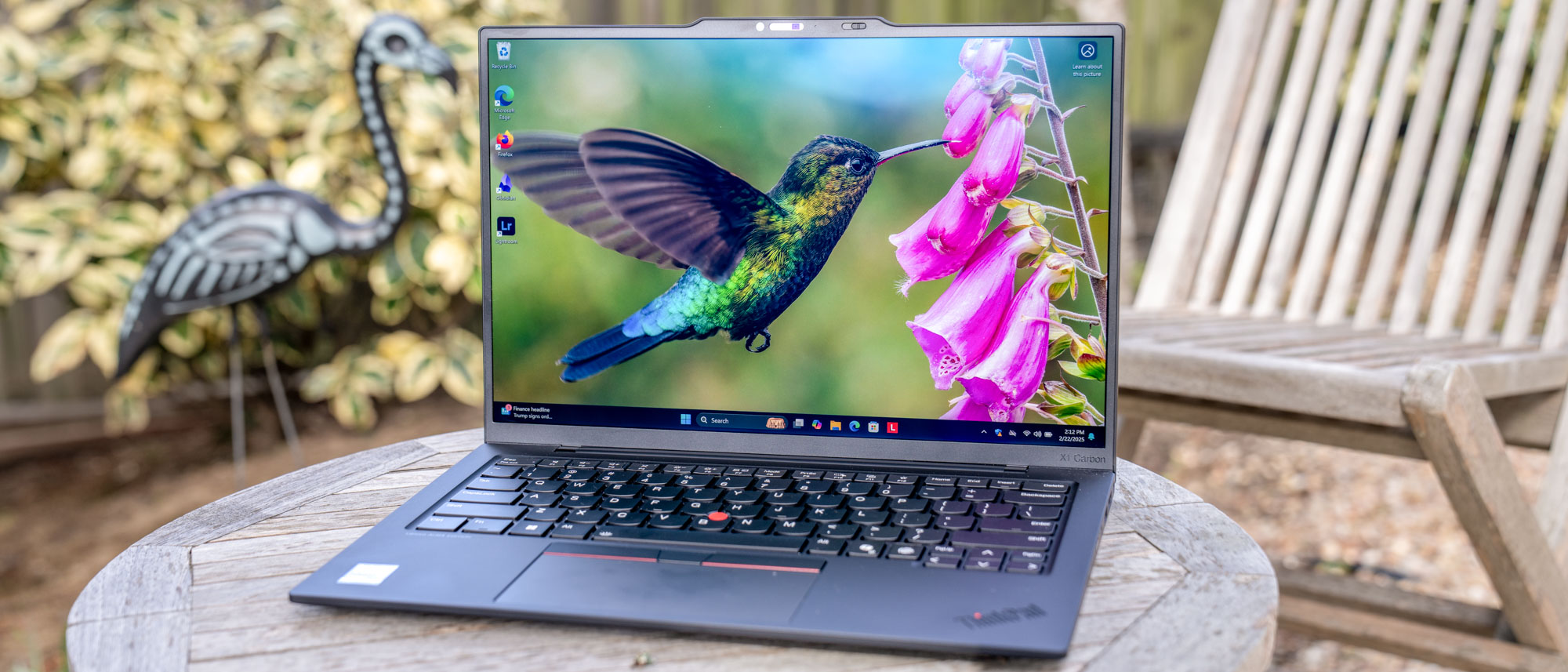Peloton vs. NordicTrack: which exercise bike should you buy in 2025?
We put the two exercise brand bikes head-to-head
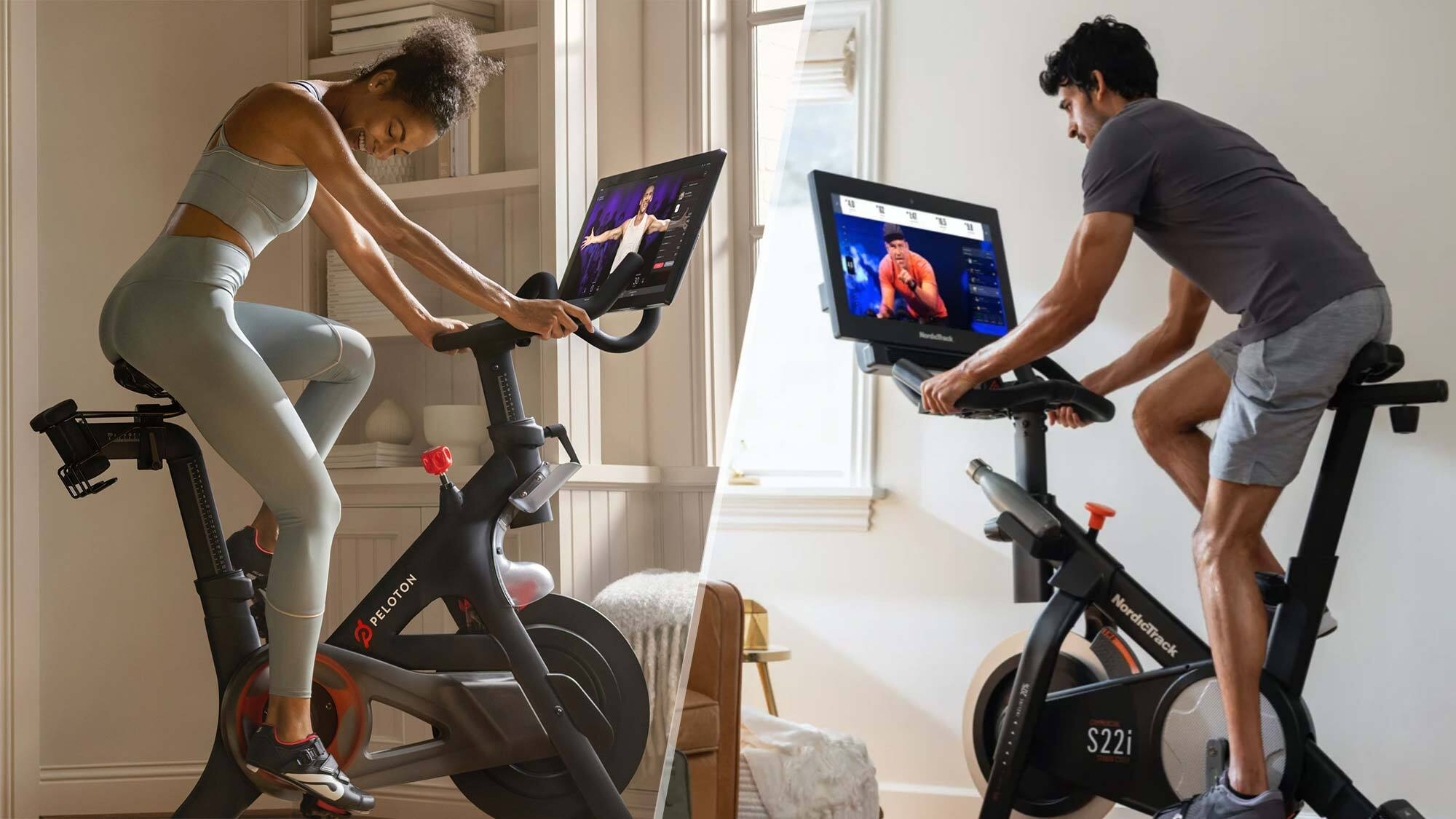
If you're looking for a new exercise bike for your home, you may be comparing Peloton vs NordicTrack — two of the top smart bike brands. Peloton is the more famous of the two, with it's motivational instructors becoming celebrities in their own right.
But NordicTrack has a larger selection of bikes (Peloton only has two), so there's more diversity in the range if you're after a small or large machine, or are looking for one of the best exercise bikes you can use without a subscription, as most of Peloton's features are locked behind the brand's membership.
But that's not to say NordicTrack is a better choice. It depends how you like to train, and if you enjoy the community side of Peloton's virtual classes. That's the main reason to invest in a Peloton Bike or the Bike Plus, but not the only reason. That's why we're comparing Peloton vs NordicTrack to help you decide between them.
Peloton vs NordicTrack: the exercise bikes compared
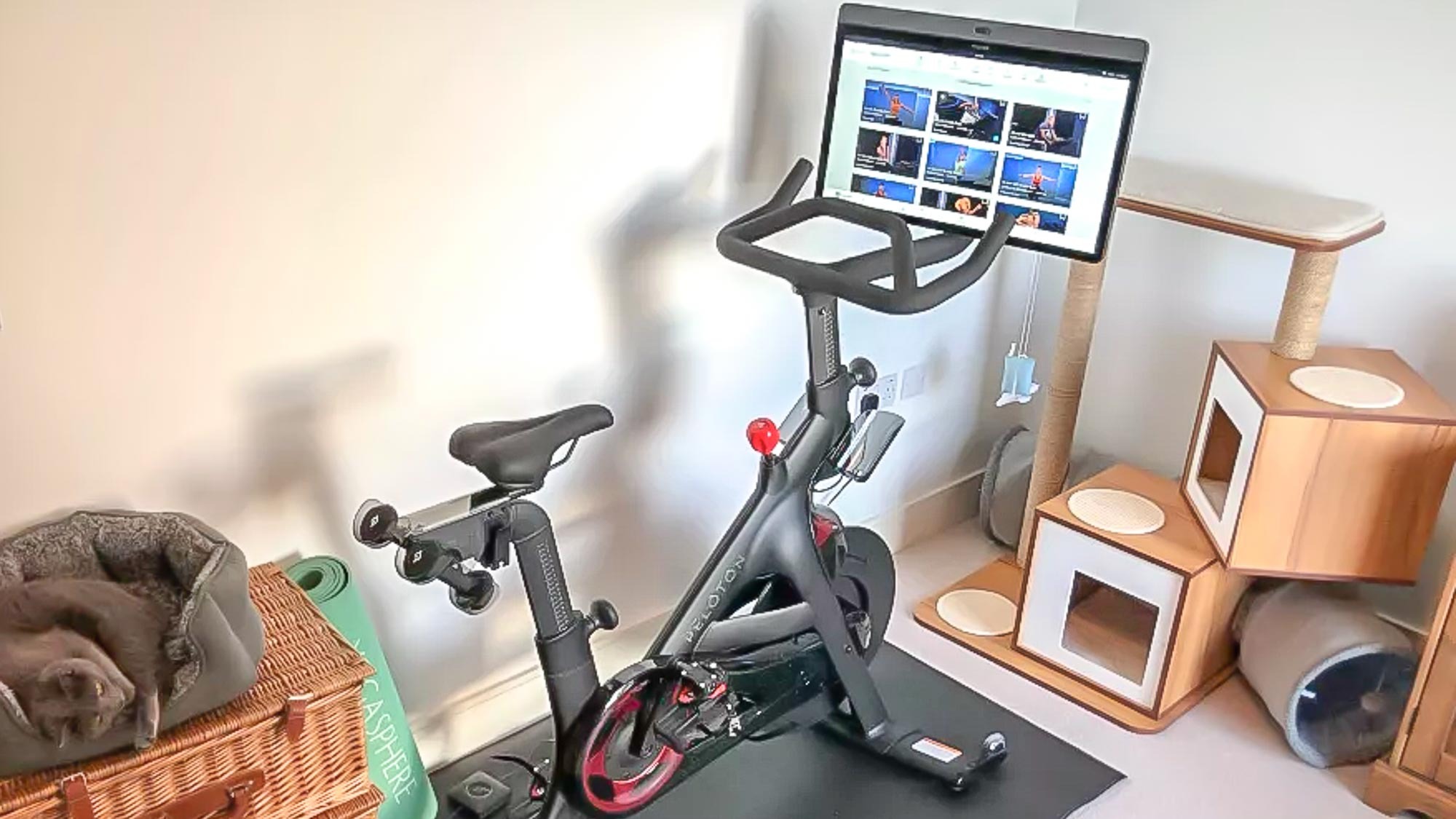
Peloton's exercise bike line up is pretty straightforward — the Peloton Bike is the entry-level smart exercise bike, and there's the Peloton Bike Plus, an upgraded model with a larger display, more speakers, and an auto-adjusting resistance system.
Peloton launched with the standard Bike, before releasing the Bike Plus in late 2020. Meanwhile, NordicTrack currently has four smart exercise bikes in its range; the S27i Studio Bike, S22i Studio Bike, Commercial R35, and the Commercial VU 25.
The names represent the type of bike on offer; the Studio series are spin bikes (with a dipped handlebar to encourage you to lean forward and ride out of your seat), while the Commercial bikes more closely match what you'd find at the gym.
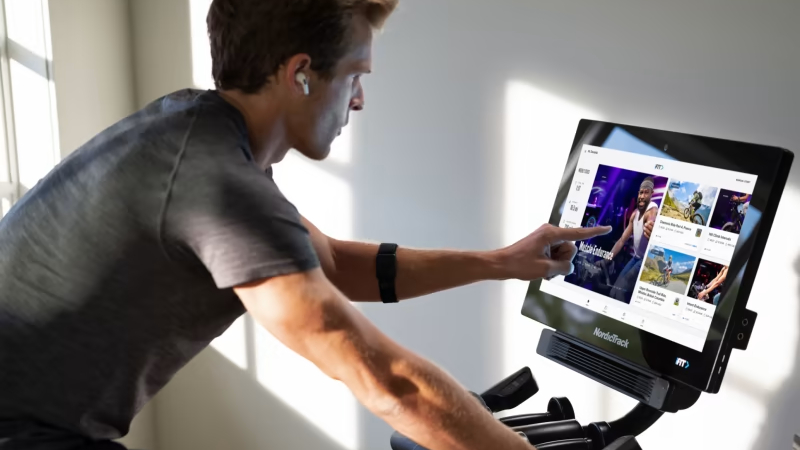
Both Peloton bikes and all the NordicTrack models come with integrated touchscreen displays for you to access digital content, like classes, workouts, metrics, and third-party apps, the main difference between them all is the size.
Sign up to get the BEST of Tom's Guide direct to your inbox.
Get instant access to breaking news, the hottest reviews, great deals and helpful tips.
All six bikes (two Peloton, four NordicTrack) have a magnetic resistance system. This is generally the most quiet, and most customizable, offering more incremental levels than mechanical or friction-based systems, so it's ideal if you work out in a shared home or apartment.
And, because it can be controlled digitally, the Peloton Bike Plus and all NordicTrack models have a smart adjustment feature, where the resistance changes based on the trainer's instructions or the virtual workout's environment or terrain to simulate the experience of an outdoor ride.
Hardware-wise, there's not a lot between Peloton and NordicTrack, meaning that your decision will likely come down to other factors like price, whether you want to take out a membership for virtual classes, and if the Peloton aesthetic is right for you.
Peloton vs. NordicTrack: classes

Peloton operates more like a media company than an equipment manufacturer. The brand has a roster of star trainers for its virtual classes, and even films them with a room full of live exercisers at the Peloton Studios in London and New York.
The company inspires a lot of passionate fans, who are willing to join multiple classes a week, follow their favorite trainers on social media, and buy branded Peloton apparel. Of course, you don't have to be into this to get a Peloton bike.
And many people aren't, they just want a sleek bike that'll sit in their home for intense cardio workouts. You can still use Peloton for that, but a large part of the attraction is this shared experience with other Peloton members and the trainers.
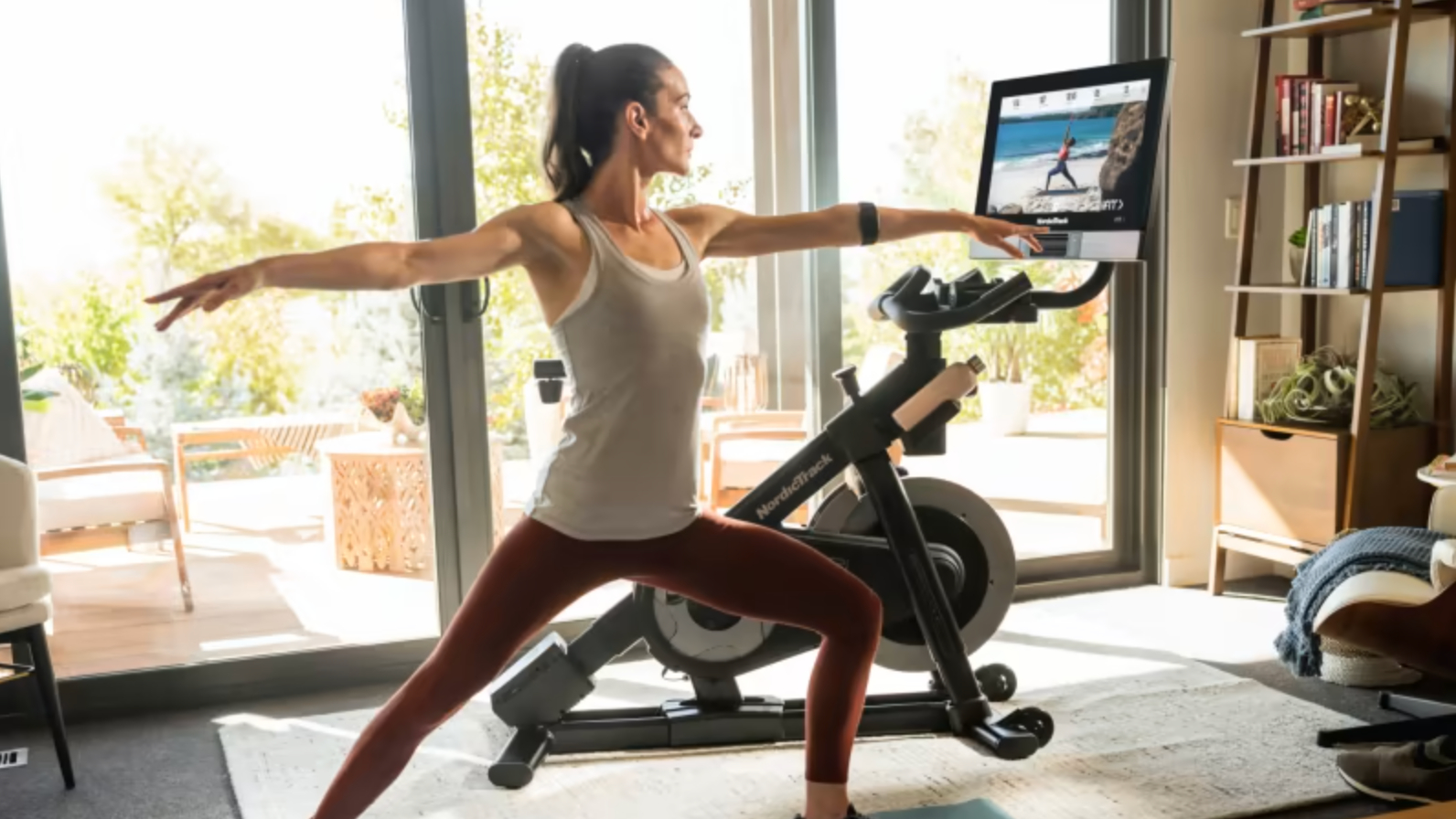
NordicTrack still offers live classes and on-demand workouts, but there's less hype around the offering. That doesn't make it bad, its just not Peloton. And the way NordicTrack implements its offering is slightly different too.
The company uses a platform called iFit — a workout app that integrates with many NordicTrack machines (including treadmills), and there are many traditional exercise bike classes, where you use the display to follow a trainer riding in a studio.
But there are also some interesting features, like iFit's global training, where the classes are in different parts of the world and you get to virtually ride through various scenery, while the resistance adjusts to the "outdoor" terrain.
If you prefer the spin classes, Peloton and NordicTrack have a leaderboard for when you're feeling competitive. However, you can turn this feature off if you're not a fan, but, you'll find that the leaderboard ranking is a big part of the Peloton experience.
Peloton vs. NordicTrack: subscription costs
For Peloton and NordicTrack bikes, it's not a pay once, use forever scenario. Each brand produces smart bikes, where the value is in the digital content you can access through the bike's large, immersive display.
To access these virtual classes, workouts, and other digital services, you need to take out a brand-specific membership. For Peloton, the Peloton All Access membership; for NordicTrack, the iFit PRO membership.
You can take out the Peloton All Access membership for $44/month, costing $528 annually. This includes all the off-equipment content available in the Peloton One app (which anyone can use), plus real time cycling metrics and access to all of Peloton's live and on-demand virtual classes.
Meanwhile, to get the most from NordicTrack's smart features, you'll need an annual iFit PRO membership for $396. Unlike Peloton's digital offering, there are no tiers, so you either take out iFit Pro or use the machine in free training mode without classes and some features (like auto-adjusting resistance levels).
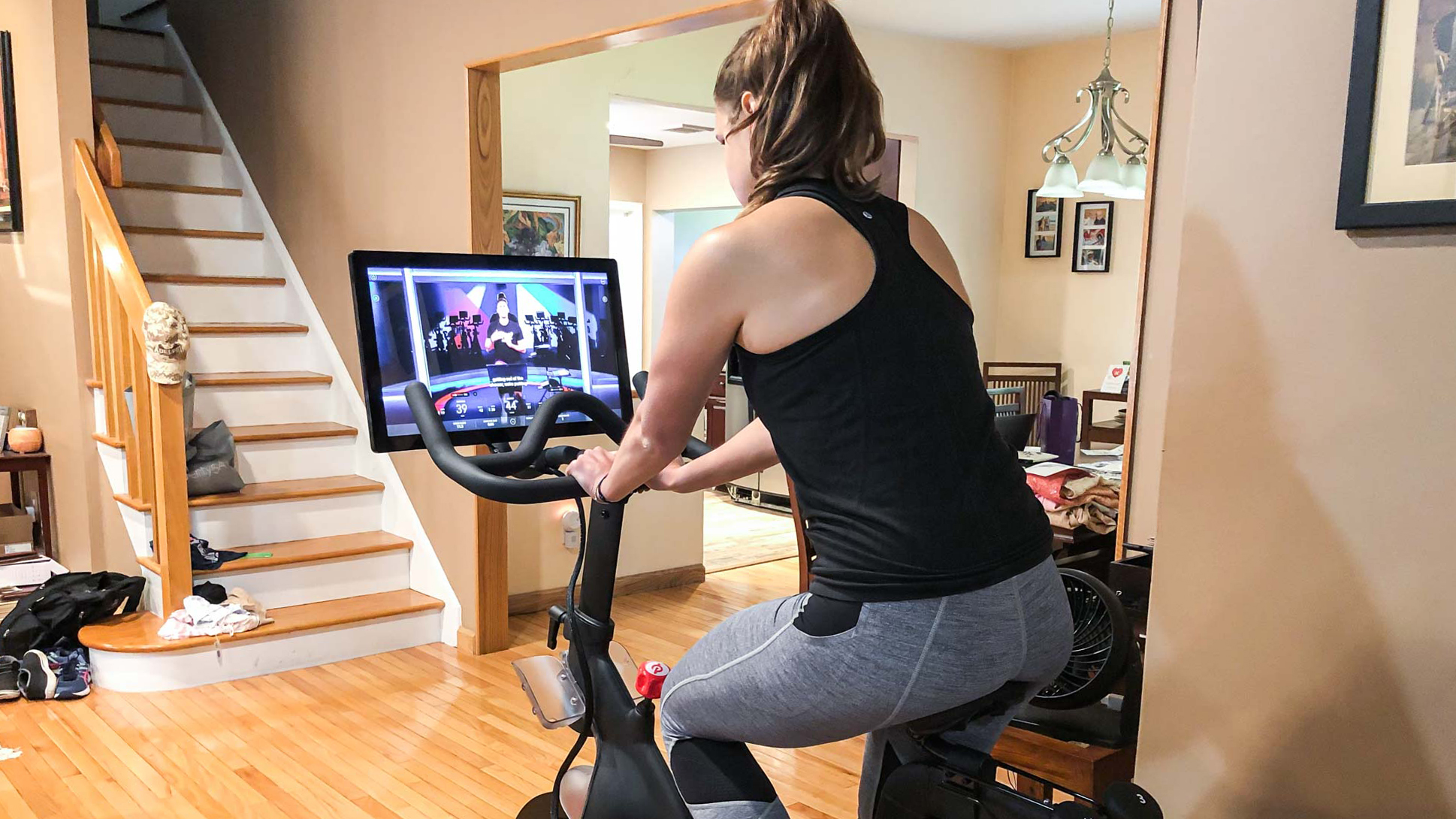
Although the cost will depend on which bike you buy and the membership option (monthly or annual) you choose, but as an example, the first year cost of the Peloton Bike Plus would be $2,023, with $528 for the membership and $1,495 for the bike.
Meanwhile, the first year cost of the NordicTrack S22i Studio (the closest equivalent to the Peloton Bike Plus) would be $2,395, with $396 for the membership and $1,999 for the bike. So, although the bike is more expensive, the subscription cost is less.
If you still want the Peloton bike, but can't drop almost $2,500 upfront, Peloton does have a rental service, where you pay $199 per month for the bike rental, shoes, and membership. You can cancel at anytime too, so the first year cost drops to $2,388, although, of course, you don't own the bike.
Peloton vs. NordicTrack: which should you buy?
Whether you choose a Peloton or NordicTrack exercise bike will largely depend on how you like to train and what you enjoy. Peloton's classes are its main selling point, but the package (bike and subscription) is more expensive than the equivalent NordicTrack offering.
And NordicTrack also comes with virtual workouts and classes, they're just not led by the bombastic Peloton instructors who inspire a passionate fanbase and a dedicated social media following. If you're not fussed by that, NordicTrack might be best.
If you choose to do down the Peloton route, there are still two bikes to choose from, so you may want to compare the Peloton Bike and the Bike Plus before you decide. Or, if you're not sold on Peloton or NordicTrack, it might be worth looking at how Echelon compares against Peloton's offering too.

James is Tom's Guide's Buying Guide Editor, overseeing the site's buying advice. He was previously Fitness Editor, covering strength training workouts, cardio exercise, and accessible ways to improve your health and wellbeing.His first job at as a sales assistant in a department store, and this is where James learned how important it is to help people make purchasing decisions that are right for their needs, whether that's a fountain pen to give as a gift or a new fridge for their kitchen.
This skill stayed with him as he developed a career in journalism as a freelance technology writer and, later, as Buying Guide Editor for MakeUseOf, where his interest in fitness combined with his commitment to impartial buying advice.
This is how he came to join Fit&Well as Fitness Editor, covering beginner-friendly exercise routines, affordable ways to boost your wellbeing, and reviewed weights, rowing machines, and workout headphones.
James is an advocate for sustainability and reparability, and focuses his reviews and advice through that lens to offer objective insights as to whether a specific product or service will be right for your needs.
